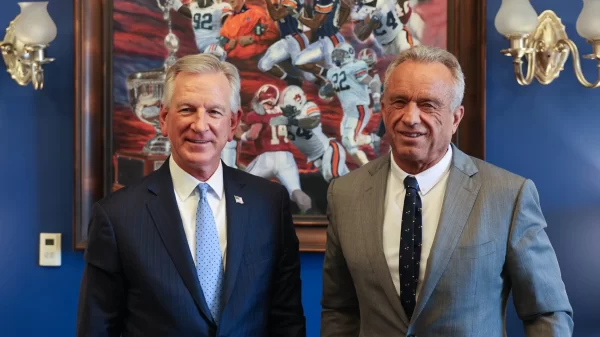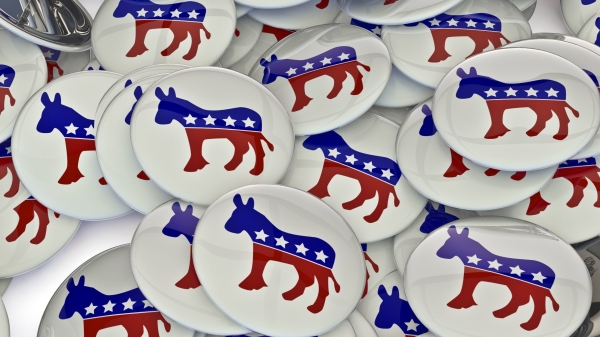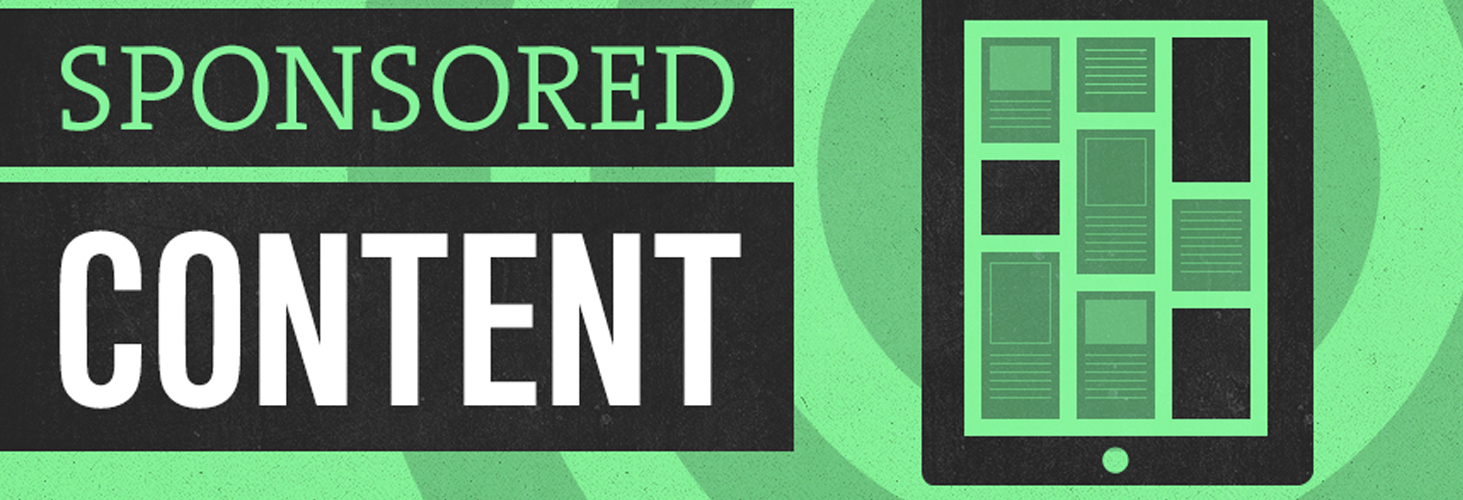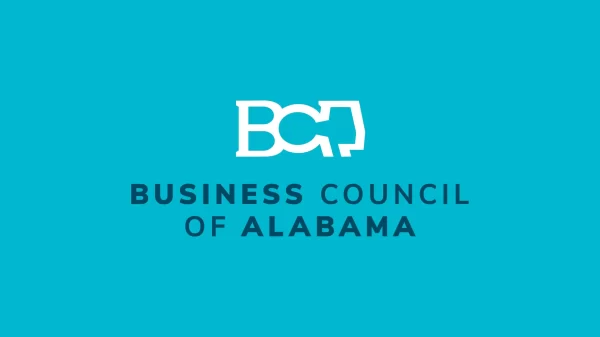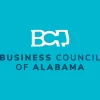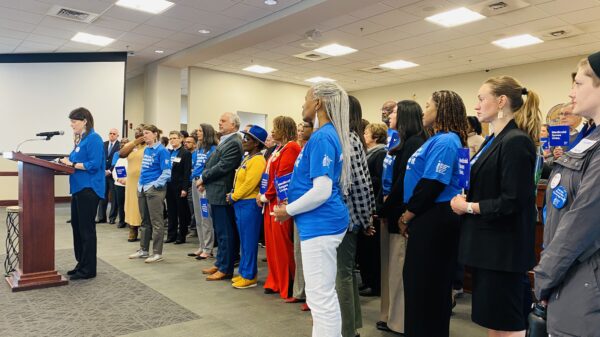By Bill Britt
Alabama Political Reporter
MONTGOMERY—Sponsored content on internet blogs and publications is a growing source of revenue and a cause for concern. Big players like The New York Times and Forbes’ Brand Voice are offering sponsored content as is al.com. The sponsored material is clearly labeled so that the reader should not be confused as to what is news and what is paid editorial.
But there are many websites that offer paid content without identifying the source, which is potentially illegal and certainly an ethical gray area, especially when it comes to politics.
According to moz.com, “sponsored articles strictly reside at the top of the [marketing] funnel. Their purpose is to be helpful, entertaining, or both…This helps brands become not just purveyors of goods and services, but a producer of ideas and a distributor of knowledge.”
Chad Pollitt, who authored, The Content Promotion Manifesto notes that, “Sponsored content… can damage the editorial integrity of a publication, as well as a brand’s image,” which has cause concern for many publisher. “Both publishers and marketers have a vested interest in not appearing to mislead consumers.”
Anyone in political reporting knows that the first howl from politicos who are the subject of negative press coverage is, “who’s paying them to attack me?”
So, for a political publication, there is already a built-in suspicion, even though there is no proof. This should cause a political publisher to exercise even greater caution (We at alreporter.com have been accused of everything imaginable except being wrong on the facts).
Contently.com conducted a survey to see if the average web user could identify content marked as sponsored and what that meant to the reader.
The survey revealed, “Most publishers assume that readers know what it means when a post is labeled “Sponsored Content” but the majority of readers can’t agree on one clear answer. While a plurality (48 percent) of respondents believe that “Sponsored Content” means that an advertiser paid for the article to be created, and had influence on the article’s content, more than half (52 percent) thought it meant something different.”
Contently.com also found two-thirds of those surveyed felt deceived after discovering the content had been sponsored, 54 percent didn’t trust paid content at all, and 59 percent believe, “a news site loses credibility if it runs articles sponsored by a brand.”
Imagine if the Alabama Education Association, or the Business Council of Alabama, or ALFA, or even a beloved politician were found to be paying for sponsored content on a political publication without identifying its sponsorship? Would it be a scandal? Would it damage the publication and those who paid for unidentified paid content?
A report by marketingland.com found, “Publishers are eying new revenue streams and advertisers see the ads as a way to couch their messages in the ethos of editorial.”
They also report, “The Online Publisher’s Association shows 90 percent of US publishers either already offer or plan to offer, native advertising opportunities this year, while BIA/Kelsey predicts brands will spend $4.57 billion on social native ads by 2017.”
With so much money at stake, it is not surprising that the trend is growing exponentially.
What is not clear, is how the public or our lawmakers will deal with the growth.
Columnist John Archibald recently opined about the false information readily available on the internet, humorously blaming “The tree octopus.”
Sponsored content, especially unidentified paid articles, may prove to be the biggest gray area of all.

































